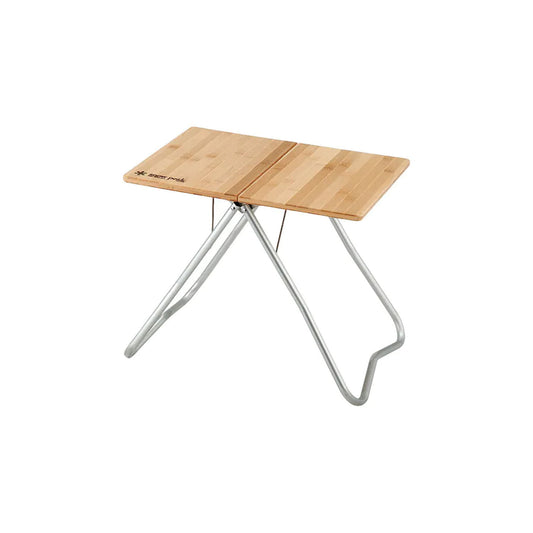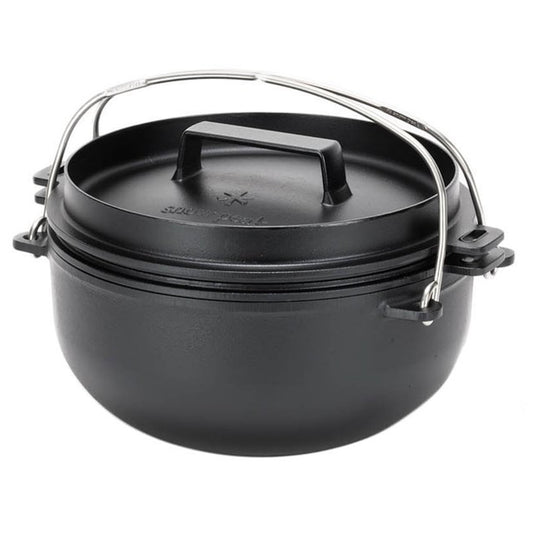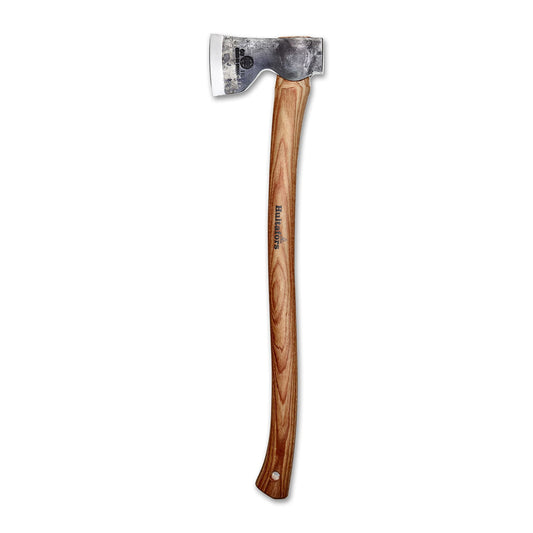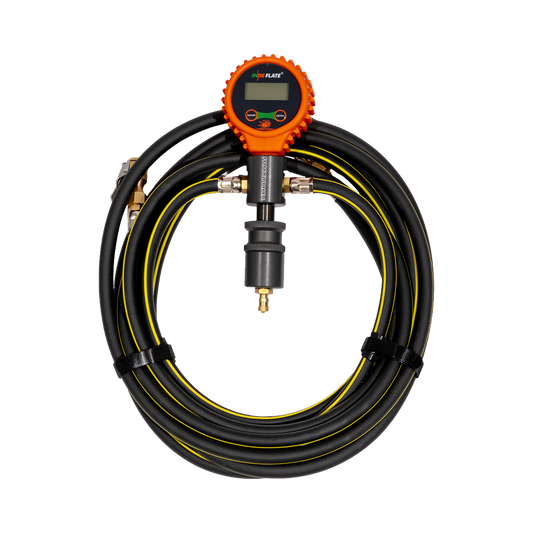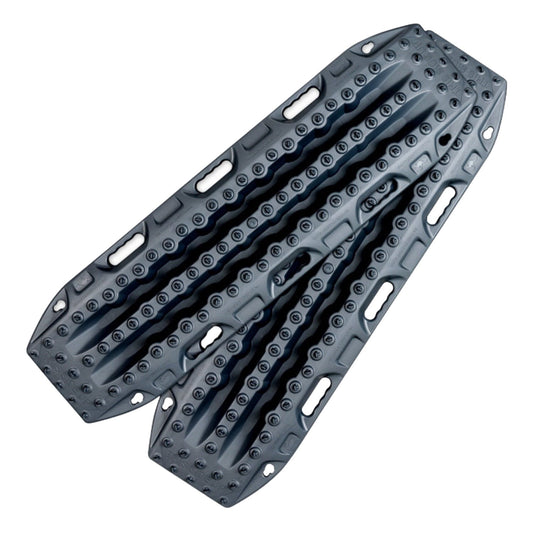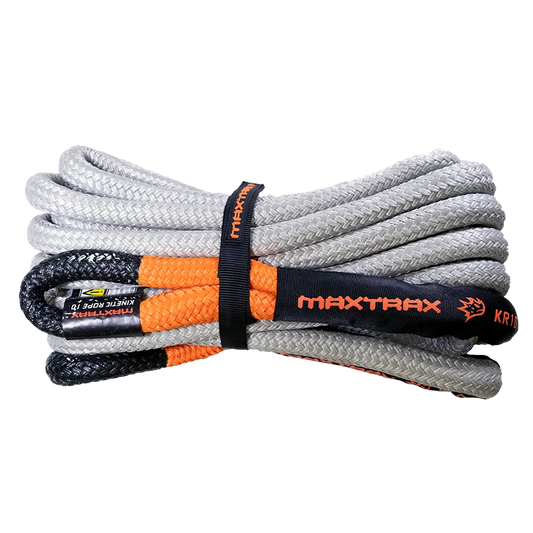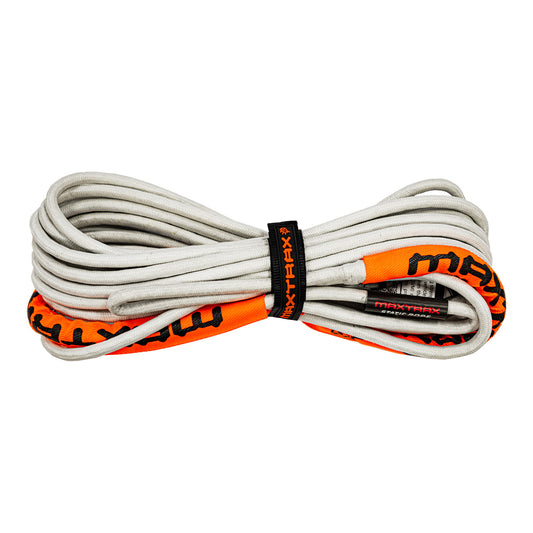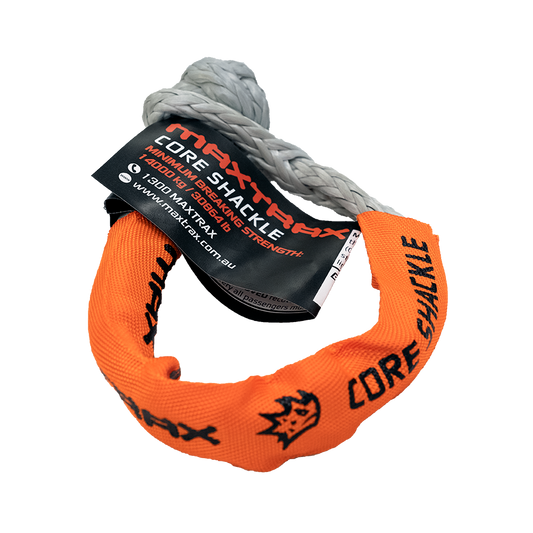
Off-Grid Camping
These days, off-grid camping setups come in all shapes and sizes. It is home for some, and these travellers may spend extended time living on the road each year. But, for many of us, it’s more our home away from home, and we escape civilisation whenever we can.
Solar Panel Options
Solar panels for off-grid camping come in three main categories, each with benefits and best use cases.
Portable Solar Panels and Solar Blankets
You can use portable solar panels and solar blankets interchangeably. They are ideal for off-grid camping and both have their merits.
Portable solar panels come in a range of sizes, typically from 100 to 200 watts. They usually fold and stow in a carry bag for transport. The advantage over a solar blanket is that it is usually more economically priced and has legs that allow it to be angled toward the sun for optimum gain easily.
The downside is that they are bulkier than a solar blanket for transport. However, REDARC’s new range of portable solar panels narrows this gap, with models far thinner and lighter than most.

Solar blankets are the ultimate in portability. Similarly, they usually range from 100 to 200 watts United States | Australia>. The downside of solar blankets is that they are more challenging to angle for an additional boost at either end of the day. However, most of the time, this is a non-issue, and if you are unsure of your power usage, choosing a more powerful blanket will help.

Fixed Solar Panels
Most similar to the panels you may have installed on your home, these are typically permanently mounted to the roof of overland 4x4s, trucks and off-road caravans.
Depending on your roof space, it’s possible to install multiple panels and generate significant power to recharge large battery banks quickly. So whenever the sun is shining, you’ll be generating power. REDARC have a quality range to choose from.
The only real downside of fixed panels is when you choose a nice shady off-grid camping spot amongst the trees. To get around this limitation, many travellers carry portable solar panels or solar blankets and longer cables that allow them to place these solar panels out in the sun.

Simple Base Camp
At the most straightforward end of setups for off-grid camping is a ground tent. Whether this is a small dome tent or something roomier, the addition of an electric fridge, some LED lighting, and the ability to charge a phone or camera makes a big difference to comfort.


Either a portable solar panel or solar blanket is ideal in this scenario. You will also need a battery and a regulator. REDARC’s high-quality Solar Regulators United States | Australia> pair with a range of deep cycle batteries for a very cost-effective option. Alternatively, you can use a portable lithium battery pack as a lighter and higher performance option.

Overland Vehicles
Simple
For simple overland vehicle power systems, it’s hard to beat the REDARC BCDC1225D In-Vehicle Dual Battery Charger. It will safely charge various dual batteries from the alternator whilst driving, plus it has a high-quality inbuilt solar regulator. Most regulators aren’t built for rough tracks and fail, making this built for purpose feature attractive.
When off-grid camping on non-driving days, simply plug in a portable solar panel or solar blanket to an Anderson plug that’s wired to the BCDC or connect to a fixed solar panel mounted to your roof rack.
Advanced
For those with more electrical accessories fitted, a system like the REDARC RedVision Manager 30 Kit offers more features. Like the BCDC chargers, it will charge your dual batteries from the alternator to the inbuilt solar regulator. However, the RedVision Manager 30 Kit also allows input from mains power. This feature makes it easy to keep your system charged in storage or to top up from powered campsites if needed.
The REDARC RedVision has a host of other features that allow switching from the device or mobile app and the ability to monitor both your power generation and power usage and make adjustments to your system if needed.

Overland Trucks, Camper Trailers and Off-Road Caravans
Overland trucks, camper trailers and off-road caravans typically have some version of the advanced system mentioned above fitted. However, REDARC is increasingly becoming the preferred choice for many travellers due to the quality of their products and the outstanding global technical support they offer.
In our camper trailer, we have installed 300Ah of lithium batteries and the REDARC RedVision Manager 30 Kit. The system powers a 40L fridge, 40L freezer, hot shower, water pump, and lights on long trips. While this camper trailer is new this year, we have used the same REDARC Solar Blankets for many years.


Tips
Planning Ahead
If you are gearing up for your first off-grid camping adventures, it’s worth planning further ahead. For instance, if you are tent camping now but planning to build a vehicle or buy a camper trailer later, if you choose the best solar option now it will be one less item you have to upgrade than .
More Solar and Storage is Better
It’s pretty easy to underestimate the power you’ll consume. So choosing the larger panel or battery is usually the best option. This option often means more time in the hammock and less time switching the position of your solar panels. And if you happen to have a few cloudy days, the larger systems will help with that too.
Long Cable
Often a short cable is all you’ll need, but having a 32ft / 10m cable in your kit will allow you to get deeper into the shade and escape the heat of summer.
Parallel Connector
When we travel with our camper trailer, we carry a REDARC 150W Solar Blanket in our LandCruiser and a REDARC 190W Solar Blanket in our camper trailer.
Our camper trailer uses more power at camp, and if we are stationary for extended periods, it doesn’t receive a top-up from the engine like the LandCruiser will if we go day exploring.
We carry a Parallel Anderson to Anderson cable that connects our 150W and 190W panels and rapidly recharges our battery bank.

Slowing Down
With vehicle-based trips, it can often be tempting to drive every day. However, one of the best aspects of having a solar fuelled off-grid camping setup is that once you’ve reached wild and less crowded places, you can slow down and spend time relaxing or head off on your favourite outdoor activities and return to cold drinks, fresh food and a hot shower!




